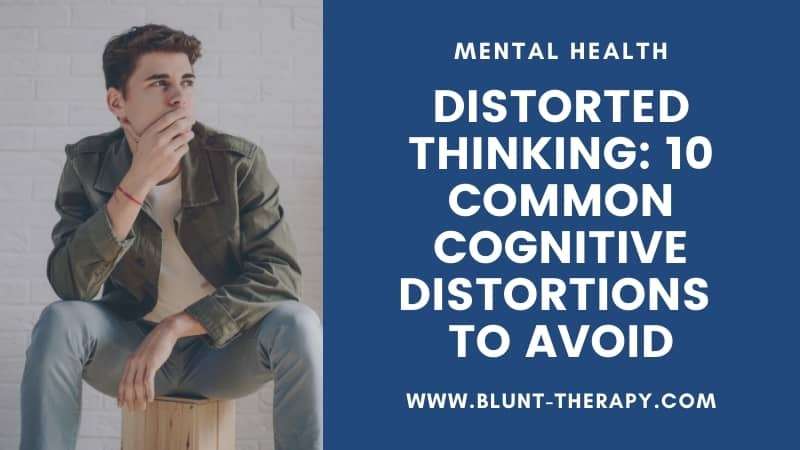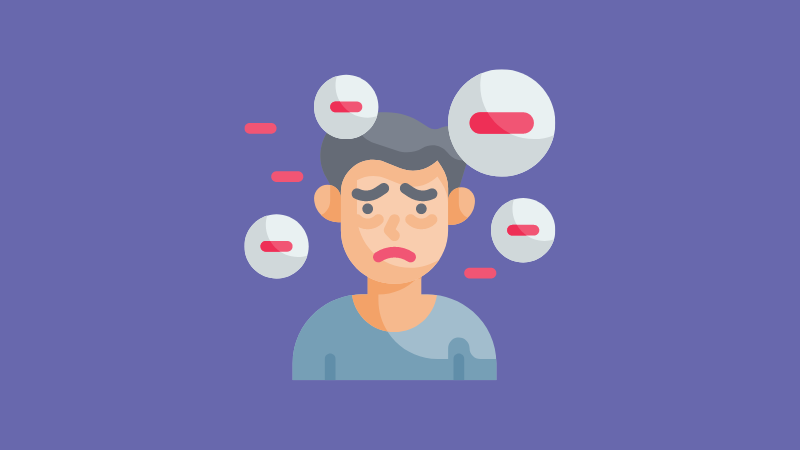Table of Contents
Affiliate link notice: As an affiliate of BetterHelp and other third-party vendors, We will receive compensation if you make a purchase using the links provided on this page. For more information, visit our disclosure page.
Last Updated on October 20, 2023 by Randy Withers, LCMHC
Every few years, it seems like a new “revolutionary” therapy becomes popular. Its inventor will cite studies verifying its validity, claiming that this is the silver bullet that will end human suffering.
Almost inevitably, these therapies quickly lose their following and are placed on the bookshelf to collect dust.
However, there have been a few therapies that have stood the test of time. One of these is a type of therapy called EMDR.
EMDR stands for eye movement desensitization and reprocessing. It’s an eight-stage therapy used to treat PTSD, anxiety, phobias, and a host of other problems.
It’s growing rapidly, with over 100,000 therapists trained in EMDR worldwide.
However, despite its popularity, nobody is sure how EMDR works, leaving it open to criticism.
This article explores some of the most popular theories about how EMDR works. To benefit from this post, it’s important that you have some background information about EMDR. If you need to, check out this article to learn more about EMDR, then come back and read this one.

Is EMDR Effective?
Before we talk about how EMDR works, we need to answer the question of if it’s effective. Although there are EMDR skeptics, research strongly suggests that it’s a great way to treat PTSD.
For example, a meta-analysis from 2014 found that EMDR can significantly reduce PTSD symptoms, including depression and anxiety. In her book “Getting Past Your Past,” Dr. Francine Shapiro, the inventor of EMDR, stated that “more than 20 scientifically controlled studies of EMDR have proven its effectiveness in the treatment of traumatic and other disturbing life experiences.”
Additionally, the World Health Organization and the American Psychological Association both recommend EMDR as an effective treatment for PTSD.
Some of the most fascinating research on EMDR shows that it can affect how different parts of the brain communicate with each other. In 2019, researchers used an fMRI machine to examine the impact EMDR had on a group of trauma survivors. They found that different brain regions were more connected following EMDR treatment, and that other brain regions were less connected. These changes in connectivity likely showed that their brains were healing from trauma. EMDR can create such drastic changes on brain functioning that some researchers describe it as “a medical procedure.”
The AIP Model
We can confidently say that EMDR helps treat PTSD. Now the question is – why?
In an effort to explain the benefits of EMDR, Dr. Shapiro created the “Adaptive Information Processing” (AIP) model.
With the AIP model, Dr. Shapiro suggested that the human brain is designed to process and store the information it gathers throughout the day.
Traumatic events can sometimes overwhelm the brain’s ability to process information. When these memories remain unprocessed, they can create symptoms of PTSD and other mental health disorders.
Let me use an example to help explain. If I asked you to remember what you had for breakfast yesterday, how would you feel? Chances are you would feel fine – breakfast is usually an unremarkable part of the day. As such, your brain processes eating breakfast and stores it in your long-term memory.
Now, what if I asked you to remember the most traumatic event you’ve ever experienced? Unless you’ve dealt with this trauma, you’ll likely experience some distress. This is because there are elements of the memory your brain hasn’t been able to process and store.
Over time, these memories can create anxiety, depression, and PTSD symptoms, making it important to process them. Using the AIP model, Dr. Shapiro suggested that EMDR somehow activates the brain’s natural ability to store memories away.
So, the AIP model does a great job of explaining the results we see from EMDR, but it doesn’t explain the exact mechanism by which EMDR helps the brain heal.
How EMDR Works
Thankfully, this is a topic of interest among many researchers. As such, there are several plausible theories about how EMDR works. Here are three of the most popular.
1. EMDR Mimics Slow Wave Sleep
One of the most common theories about how EMDR works is that it mimics slow wave sleep (SWS). Research suggests that SWS plays a key role in processing emotional memories, moving them from the “feeling” part of the brain to the “thinking” part of the brain.
Numerous researchers suggest that the eye movements found in EMDR create brain waves that are like those found in SWS. Because SWS naturally helps the brain clear distressing memories, recreating SWS brain activity is thought to facilitate this natural healing process.
Notably, SWS occurs up to five times per night; in a typical EMDR session, eye movements are performed much more frequently. This could help explain why EMDR processes memories so quickly.
Check out this picture that compares EMDR to SWS. The top line shows a participant’s brain waves during eye movements, while the bottom line shows brain waves during SWS. It’s impossible to deny how similar they look, lending more evidence that the SWS theory might be correct.

2. EMDR Taxes Working Memory
Whenever you accomplish a task, you must use information you’ve learned throughout your life to complete it.
For example, if I asked you to tie your shoe, you would need to utilize your knowledge about how to knot your laces together to keep them from coming undone.
The information you use to accomplish tasks is called “working memory,” and some researchers suggest that it plays a crucial role in EMDR.
During an EMDR session, the patient is asked to recall their traumatic memory with its accompanying mental images, thoughts, emotions, and body sensations. As they do so, the therapist begins to provide bilateral stimulation (BLS).
This theory of why EMDR works suggests that recalling the traumatic memory while noticing the BLS taxes the brain’s working memory. Essentially, our brains can only attend to so much information at once. While noticing the BLS, the patient can’t fully attend to the traumatic memory, leading to a reduction in distress.
This quote from researchers in Switzerland summarizes this theory nicely:
“Our results…suggest that recalling a traumatic memory while performing a second task would shift the individual’s attention away from the retrieval process and result in a reduction in vividness and emotionality, also associated with the reduction of symptoms.”
3. Memory Reconsolidation via EMDR
A common misconception about memories is that, once they are stored, they can never be modified. Memory reconsolidation is the theory that, once retrieved, there is a short window during which memories can be changed.
Scientists widely accept that memory reconsolidation is a real phenomenon, though the mechanisms by which it occurs are debated. Researchers also suggest that memories can play a key role in the formation of mental health disorders.
In recent years, psychologists have been using memory reconsolidation to explain how and why certain types of therapies work. These psychologists suggest that illnesses like anxiety, depression, and PTSD all have roots in “emotional learning,” or the emotions that correspond with specific memories. These memories are often subconscious with the sufferer unaware of their impact.
When someone is made aware of this emotional learning, they can replace it with healthier emotional learning.
What does this all have to do with EMDR?
EMDR requires patients to recall distressing memories. According to memory reconsolidation, they are creating the opportunity for the memory to be changed with new emotional learning. Some researchers even suggest that EMDR is “unintentionally based in memory reconsolidation.”
If you talk to someone who has benefited from EMDR, they’ll likely tell you how their traumatic memories have changed. Some people describe the memory as looking “smaller” or that they now see it as “black and white” in their mind’s eye. Although these comments aren’t research, they do sound comparable to the phenomenon of memory reconsolidation.
Final Thoughts
So, how does EMDR work? Nobody knows for sure, but there are several plausible theories out there.
Perhaps the main takeaway from this article is that, regardless of how it works, EMDR can offer relief from PTSD. If you’re struggling because of trauma, consider reaching out to an EMDR therapist. They can help you take successful steps toward healing.










